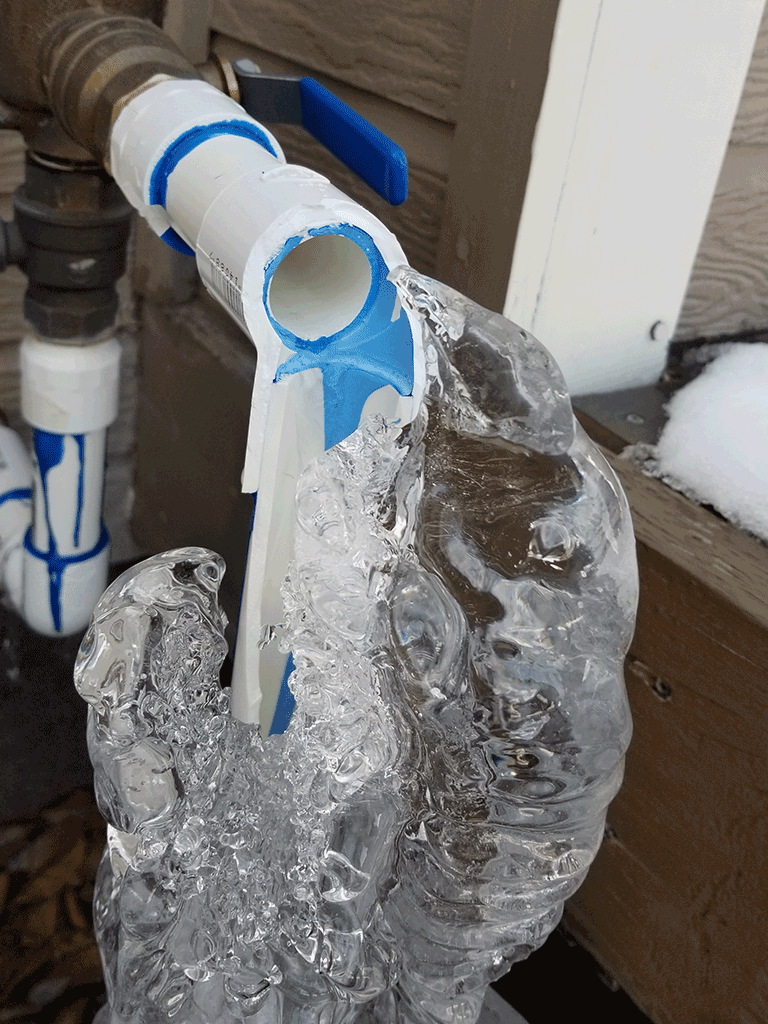Tips to Protect Your Plumbing from Freezing: Critical Tips
Tips to Protect Your Plumbing from Freezing: Critical Tips
Blog Article
Here underneath yow will discover additional quality expertise all about Prevent Frozen Pipes .

Cold weather can ruin your plumbing, specifically by freezing pipes. Right here's how to stop it from happening and what to do if it does.
Introduction
As temperatures decrease, the danger of icy pipes boosts, potentially bring about costly repairs and water damage. Understanding just how to avoid frozen pipes is crucial for home owners in cold environments.
Understanding Icy Pipelines
What triggers pipelines to freeze?
Pipelines ice up when revealed to temperatures below 32 ° F (0 ° C) for expanded periods. As water inside the pipes ices up, it increases, putting pressure on the pipeline walls and possibly triggering them to break.
Risks and damages
Frozen pipes can result in water system disturbances, home damage, and costly repair services. Burst pipelines can flooding homes and create comprehensive structural damages.
Indicators of Frozen Pipeline
Recognizing frozen pipelines early can prevent them from rupturing.
Exactly how to identify icy pipes
Seek decreased water circulation from faucets, unusual smells or sounds from pipes, and visible frost on subjected pipelines.
Avoidance Tips
Shielding prone pipelines
Wrap pipelines in insulation sleeves or utilize warmth tape to safeguard them from freezing temperatures. Concentrate on pipes in unheated or exterior locations of the home.
Heating techniques
Maintain interior spaces effectively heated, especially areas with plumbing. Open up closet doors to permit cozy air to distribute around pipelines under sinks.
Protecting Exterior Pipes
Yard hose pipes and outdoor taps
Disconnect and drain yard hoses before winter months. Mount frost-proof spigots or cover exterior taps with insulated caps.
What to Do If Your Pipes Freeze
Immediate activities to take
If you believe frozen pipes, keep faucets available to relieve pressure as the ice thaws. Use a hairdryer or towels soaked in warm water to thaw pipelines gradually.
Long-Term Solutions
Architectural modifications
Consider rerouting pipes away from outside walls or unheated locations. Add extra insulation to attics, cellars, and crawl spaces.
Updating insulation
Purchase high-grade insulation for pipelines, attics, and wall surfaces. Correct insulation assists keep consistent temperatures and reduces the risk of icy pipes.
Final thought
Preventing icy pipelines calls for aggressive procedures and quick feedbacks. By recognizing the reasons, signs, and safety nets, home owners can safeguard their pipes during cold weather.
5 Ways to Prevent Frozen Pipes
Drain Outdoor Faucets and Disconnect Hoses
First, close the shut-off valve that controls the flow of water in the pipe to your outdoor faucet. Then, head outside to disconnect and drain your hose and open the outdoor faucet to allow the water to completely drain out of the line. Turn off the faucet when done. Finally, head back to the shut-off valve and drain the remaining water inside the pipe into a bucket or container. Additionally, if you have a home irrigation system, you should consider hiring an expert to clear the system of water each year.
Insulate Pipes
One of the best and most cost-effective methods for preventing frozen water pipes is to wrap your pipes with insulation. This is especially important for areas in your home that aren’t exposed to heat, such as an attic. We suggest using foam sleeves, which can typically be found at your local hardware store.
Keep Heat Running at 65
Your pipes are located inside your walls, and the temperature there is much colder than the rest of the house. To prevent your pipes from freezing, The Insurance Information Institute suggests that you keep your home heated to at least 65 degrees, even when traveling. You may want to invest in smart devices that can keep an eye on the temperature in your home while you’re away.
Leave Water Dripping
Moving water — even a small trickle — can prevent ice from forming inside your pipes. When freezing temps are imminent, start a drip of water from all faucets that serve exposed pipes. Leaving a few faucets running will also help relieve pressure inside the pipes and help prevent a rupture if the water inside freezes.
Open Cupboard Doors
Warm your kitchen and bathroom pipes by opening cupboards and vanities. You should also leave your interior doors ajar to help warm air circulate evenly throughout your home.

I ran across that page on How to Prevent Your Pipes From Freezing while doing a search on the web. Appreciated our blog? Please share it. Help another person discover it. I thank you for reading our article about How to prepare your home plumbing for winter weather.
Website Report this page